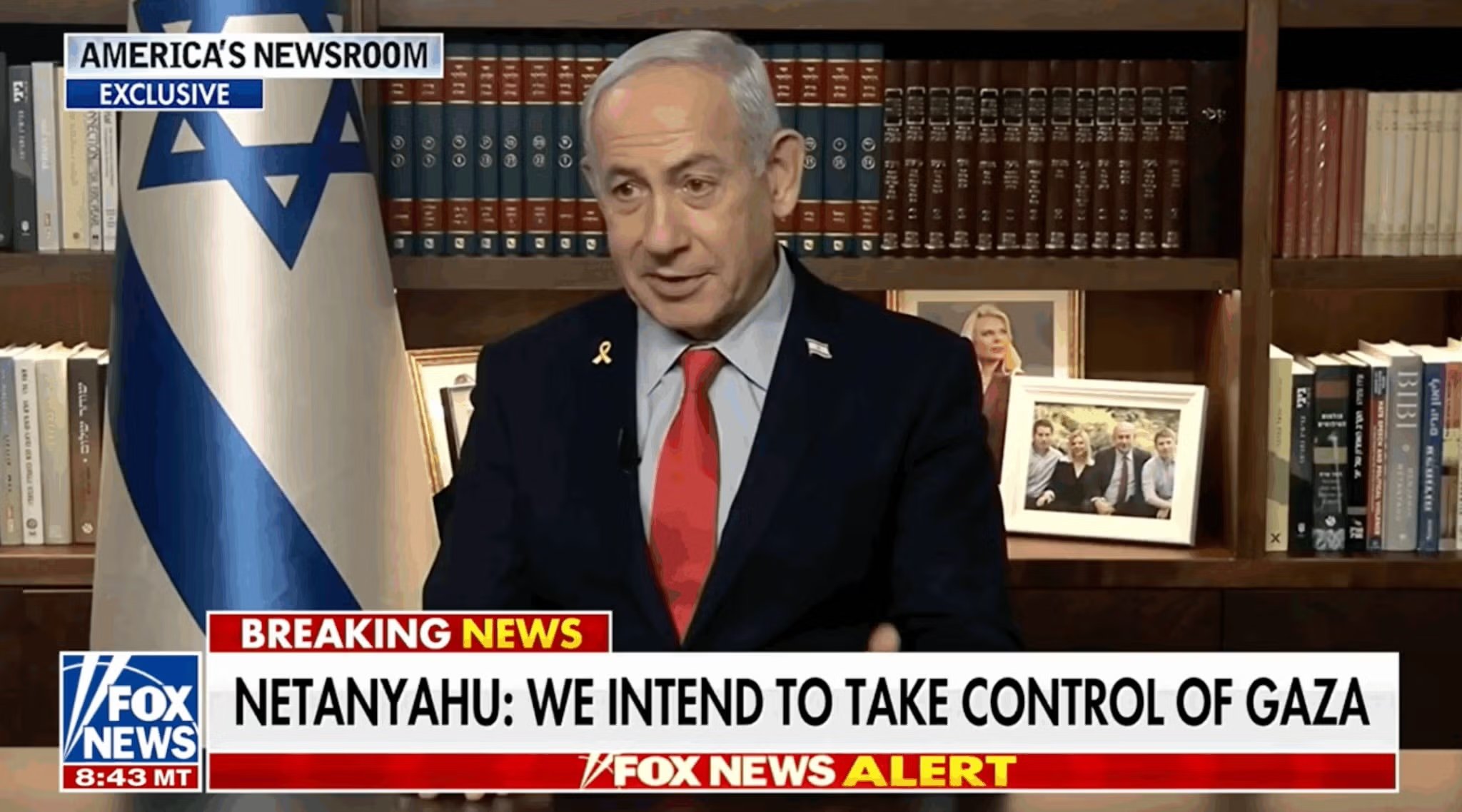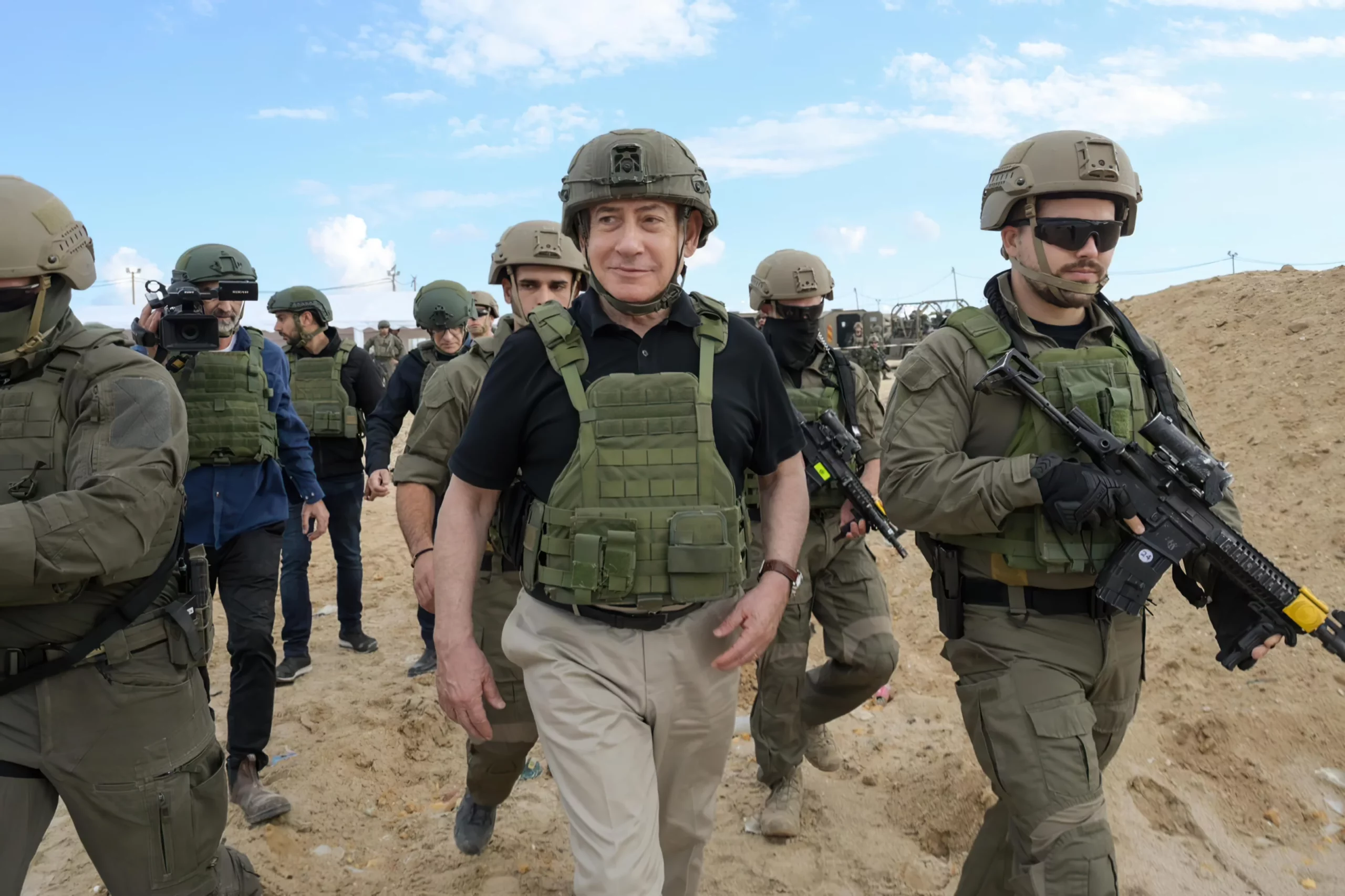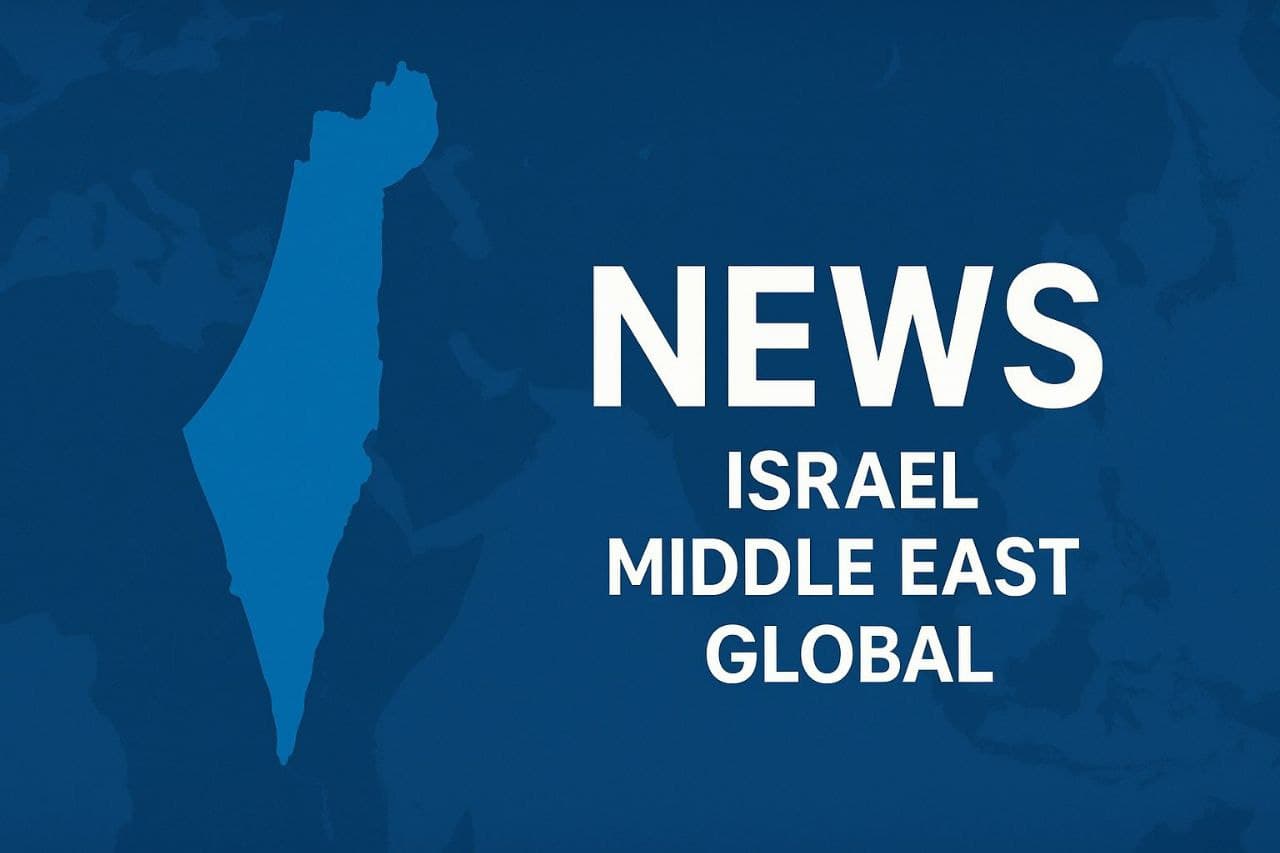Netanyahu Opens Gaza Strip to More Journalists, Enhancing Global Media Coverage
In a significant move aimed at increasing transparency amid ongoing conflict, Israeli Prime Minister Benjamin Netanyahu announced today that the government will allow more journalists to enter the Gaza Strip. This decision comes as part of efforts to ensure that international media can cover the humanitarian situation on the ground, providing a broader perspective on the complexities of the Israeli-Palestinian conflict.
Background & Context
The Gaza Strip has long been a focal point of tension and conflict between Israel and Palestinian groups, particularly Hamas. Restrictions on media access have often led to criticisms regarding the transparency of reported events and conditions in the territory. In recent years, the Israeli government has faced increasing pressure from both domestic and international communities to allow greater media presence in Gaza, particularly during escalations of violence. This new policy is seen as a response to those calls for accountability and insight into the humanitarian crises that frequently emerge in the region.
Netanyahu"s announcement comes at a time when the international community is closely monitoring the situation in Gaza, particularly in light of the recent escalation of violence. The conflict has resulted in significant civilian casualties and widespread destruction, prompting calls for humanitarian assistance and a ceasefire. By allowing more journalists into the area, the Israeli government aims to ensure that accurate and diverse narratives reach global audiences.
Key Developments
During a press conference, Netanyahu stated, "We recognize the importance of a free press in times of conflict. Allowing more journalists into Gaza will facilitate a more comprehensive understanding of the situation as it unfolds." He emphasized that this move is part of a broader strategy to enhance communication and transparency regarding Israel"s actions and the humanitarian conditions faced by Gazans.
While the announcement has been welcomed by media organizations and advocates for press freedom, it also raises questions about the safety and security of journalists operating in a volatile environment. The Israeli government has assured that measures will be taken to protect reporters while they cover the ongoing situation. However, concerns remain about potential restrictions and the challenges reporters may face in reporting from a conflict zone.
\n\n
Image for Netanyahu Opens Gaza Strip to More Journalists, Enhancing Global Media Coverage
Broader Impact
The decision to open Gaza to more journalists is likely to have far-reaching implications for media coverage of the Israeli-Palestinian conflict. With a more significant number of reporters on the ground, there is potential for a wider range of stories to emerge—covering not just the violence but also the daily lives of Gazans, the impact of the blockade, and the humanitarian efforts underway. This could shift the narrative surrounding the conflict, providing a more nuanced view that contrasts with the often sensationalized reporting seen in mainstream media.
Experts believe that this increased media presence could foster a greater understanding of the complexities involved in the conflict, potentially influencing public opinion and policy discussions in various countries. As previously reported, recent developments in other parts of the world, such as British police arrests of pro-Palestine protesters, highlight the interconnectedness of global movements advocating for Palestinian rights, making accurate reporting essential.
What"s Next
As the Israeli government implements this new policy, the world will be watching closely to see how it unfolds. Several news organizations have already expressed interest in sending teams to Gaza, eager to provide firsthand accounts from the region. However, logistical challenges remain, including the need for security clearances and the potential for restrictions on movement within Gaza.
In the coming weeks, it will be crucial for journalists to navigate the complexities of reporting in a conflict zone while maintaining their safety and integrity. The increased presence of media may also prompt further reactions from both Israeli and Palestinian authorities, potentially affecting the dynamics of the ongoing conflict. As this situation develops, the role of the media will undoubtedly be pivotal in shaping public perception and informing international dialogue regarding the Israeli-Palestinian conflict.

Image for Netanyahu Opens Gaza Strip to More Journalists, Enhancing Global Media Coverage




![[Video] Mainstream media shows only seconds of National Guard attack](/_next/image?url=%2Fapi%2Fimage%2Fthumbnails%2Fthumbnail-1764286848194-uxm4e-thumbnail.jpg&w=3840&q=75)


![[Video] Vladimir Putin delivers speech in military uniform](/_next/image?url=%2Fapi%2Fimage%2Fthumbnails%2Fthumbnail-1764621642413-vh08a-thumbnail.jpg&w=3840&q=75)